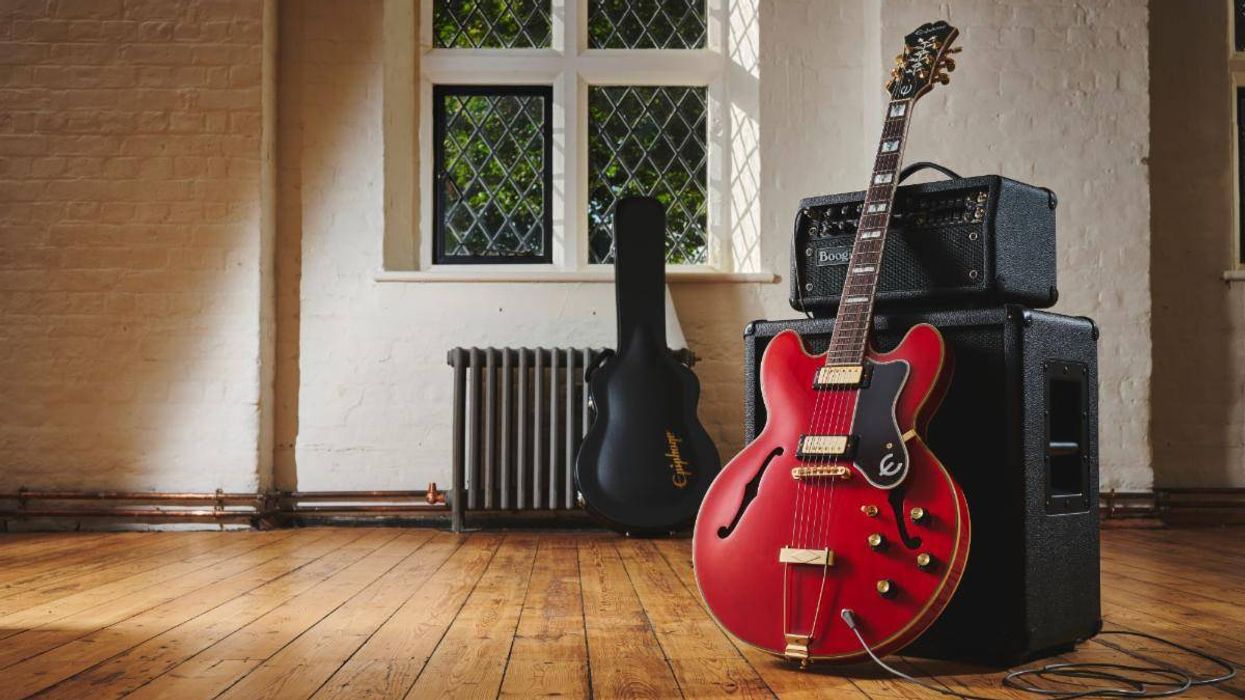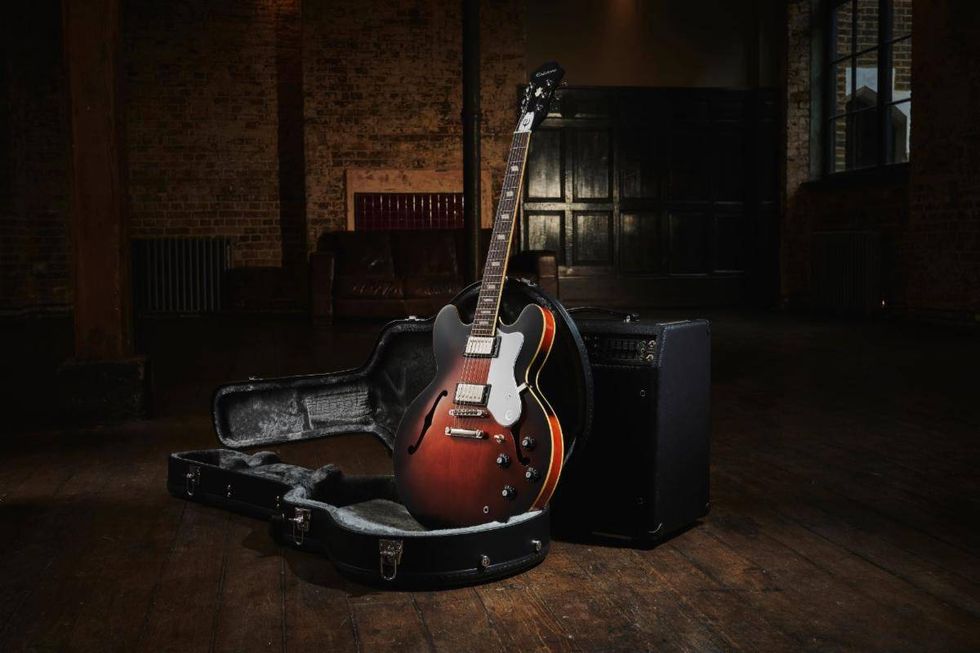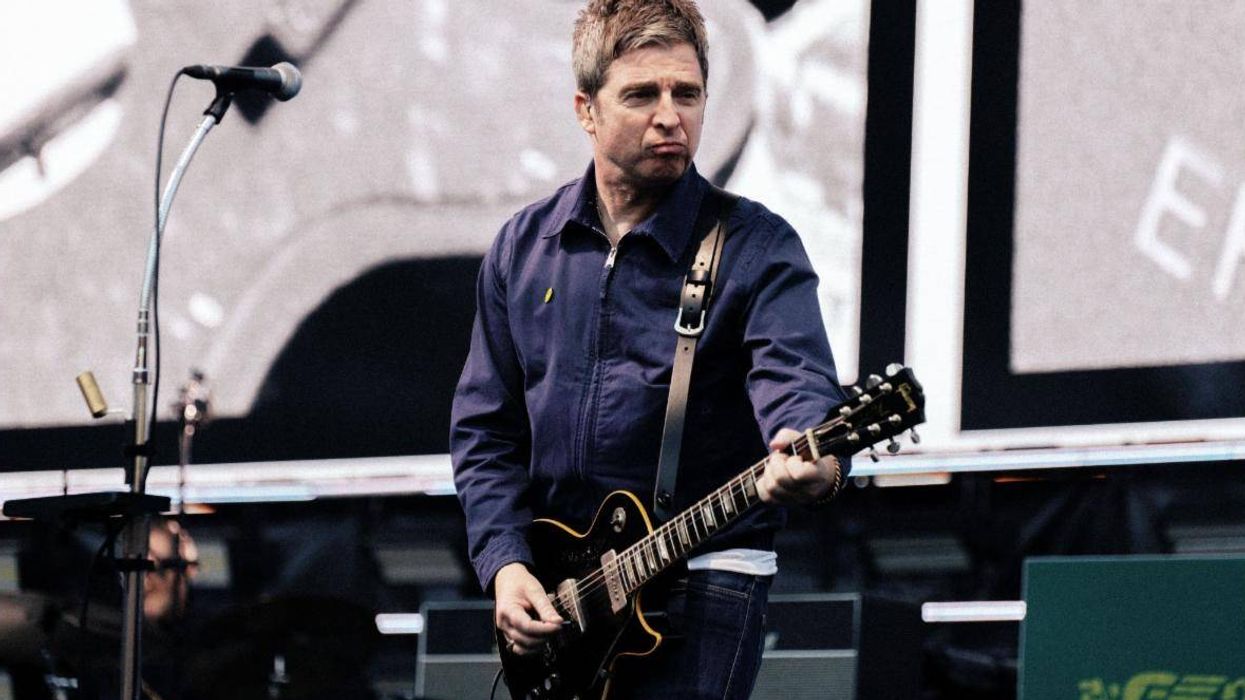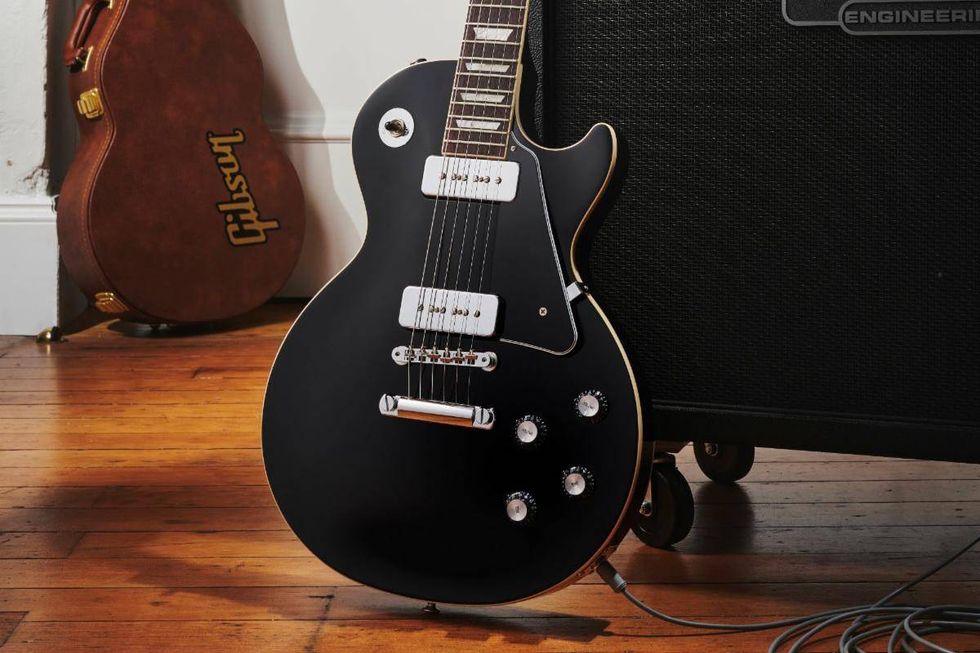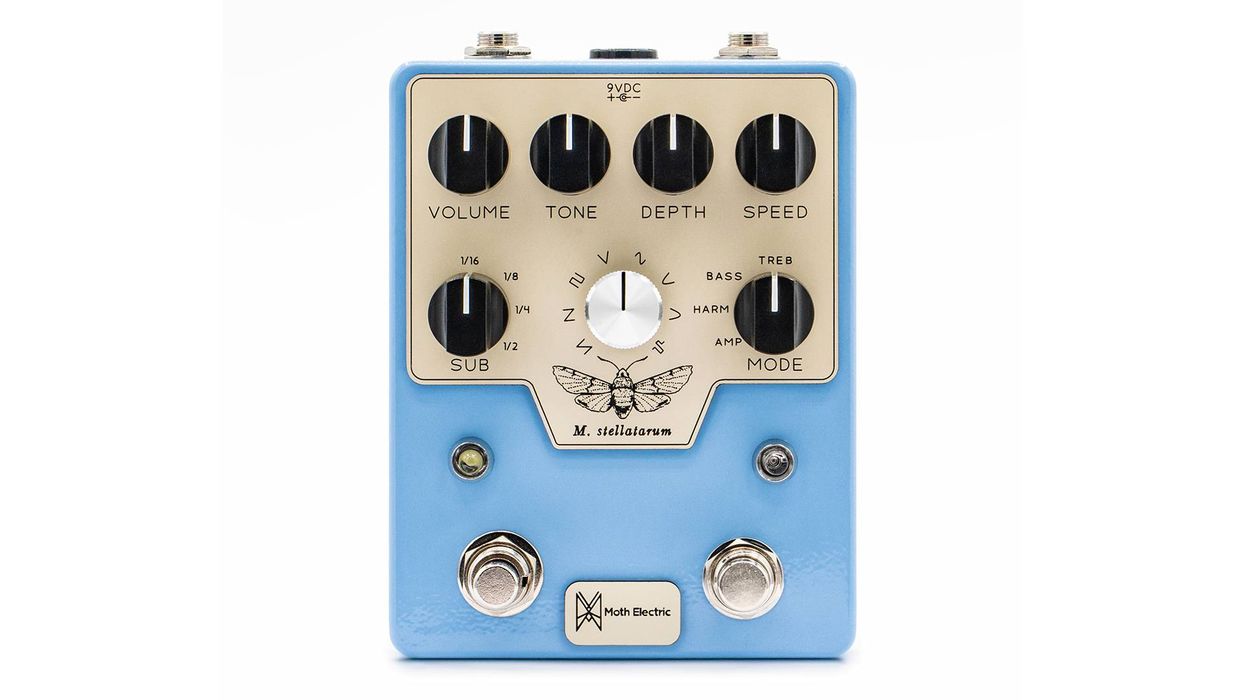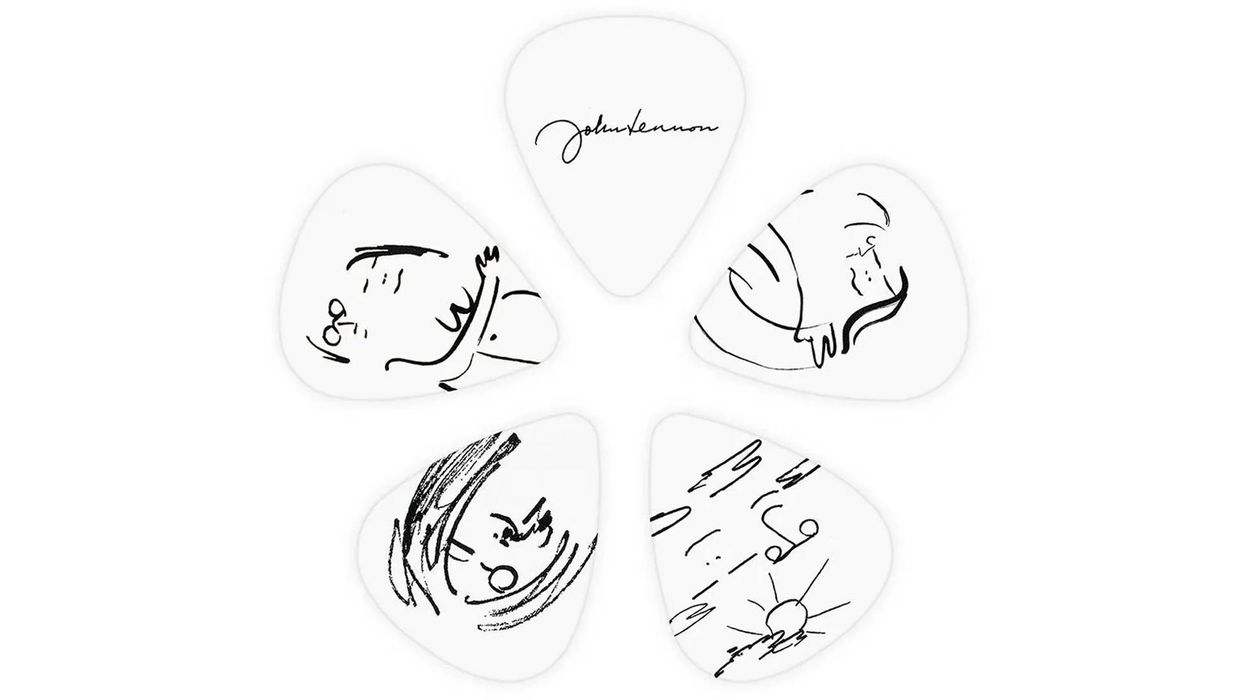Through The Official Fender Certified Pre-Owned Reverb Shop, musicians can buy pre-owned Fender instruments that have been professionally inspected and come with a Fender one-year limited warranty at a significant discount to new gear prices.
“We’re excited to offer for the first time ever Fender Certified Pre-Owned guitars directly on Reverb. Pre-owned guitars have long been popular among players, particularly new players and collectors. Fender Certified Pre-Owned gives players of all levels the opportunity to own a quality instrument at an affordable price,” said Fender CEO Andy Mooney. “Fender Certified Pre-Owned guitars represent not only a fantastic value—allowing players to purchase an instrument that is professionally inspected, backed by Fender, and sold at a discount—but an opportunity to support a more sustainable guitar industry, giving the instruments a second, third, or fourth life and participating in the circular economy.”
Used music gear continues to grow in popularity among price-conscious musicians, with sales for used guitars on Reverb growing by more than 50% between 2019 and 2023. Certified pre-owned instruments offer the affordability of used music gear, plus the added benefit of warranties and easy returns. While certified pre-owned programs are common in industries like automotive and tech, Fender Certified Pre-Owned on Reverb is the first program of this magnitude within the musical instrument industry, launched by the world’s leading guitar manufacturer and the largest online marketplace dedicated to music gear.
“Over the years, many of my very best creative tools were bought from other musicians and the secondary market. In fact, The Hitmaker was from a pawn shop in 1973. These guitars come with stories and history that just make them special,” said Nile Rodgers. “The fact that you can now buy pre-owned guitars from Fender means that you get the character and the affordability of pre-owned gear, plus Fender’s seal of approval.“
The Official Fender Certified Pre-Owned Reverb Shop will feature unique pre-owned electric, acoustic, and bass guitars, with new instruments added weekly. All guitars will come with a Fender-backed one year limited warranty and have been professionally inspected and, as needed, refurbished by Fender’s sustainability partner MIRC. Since 1993, MIRC has kept thousands of guitars from going to landfills as the nation’s largest wholesaler of quality used guitars.
“We’re thrilled for the opportunity to partner with Fender to offer musicians not only affordable guitars, but affordable guitars that have been meticulously inspected and, as needed, repaired to look and sound incredible,” said Reverb CEO David Mandelbrot. “It’s more important than ever that the music-making community has access to affordable musical instruments and Fender Certified Pre-Owned on Reverb will help many players get their hands on great-sounding guitars that fit within their budget.”
The Official Fender Certified Pre-Owned Reverb Shop is now open. Save the shop to your Favorites to be notified as new guitars are added.
For more information, please visit reverb.com.
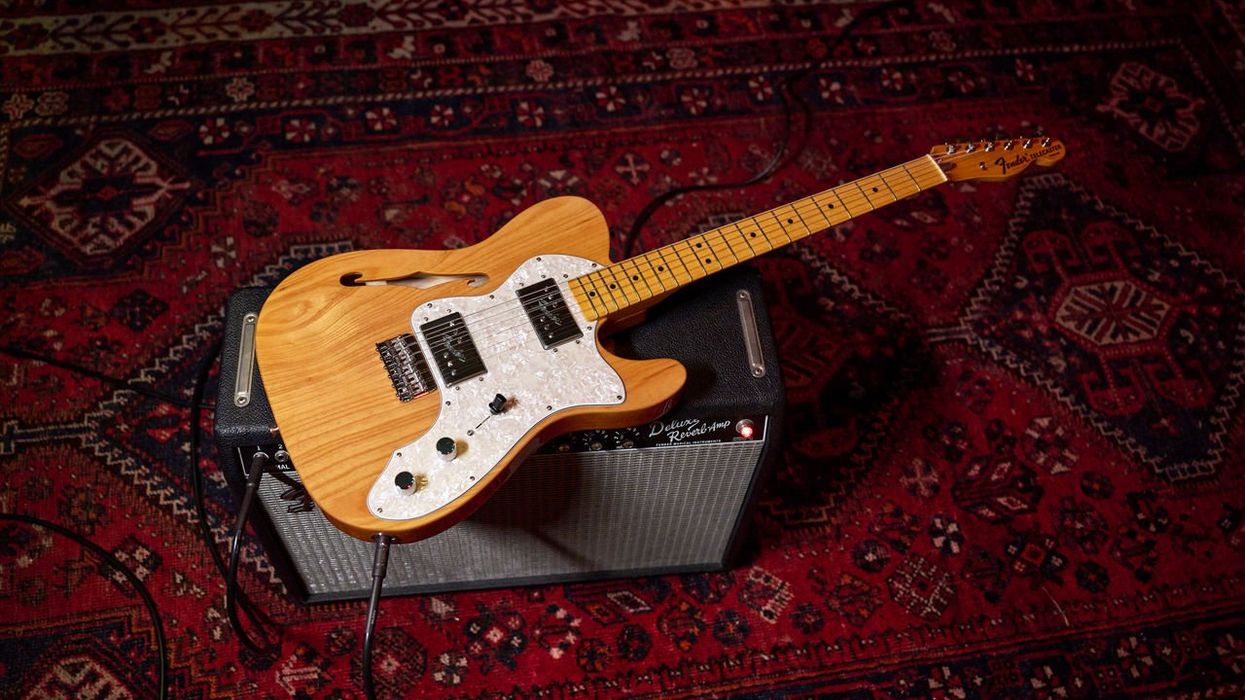
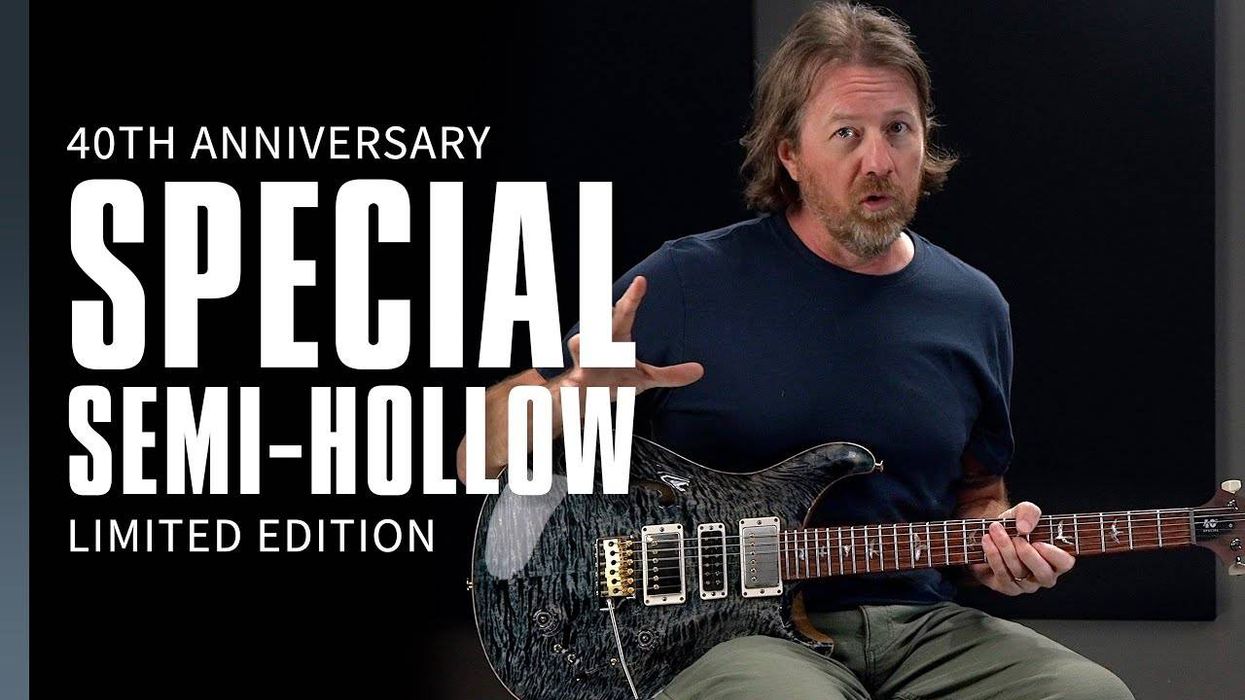

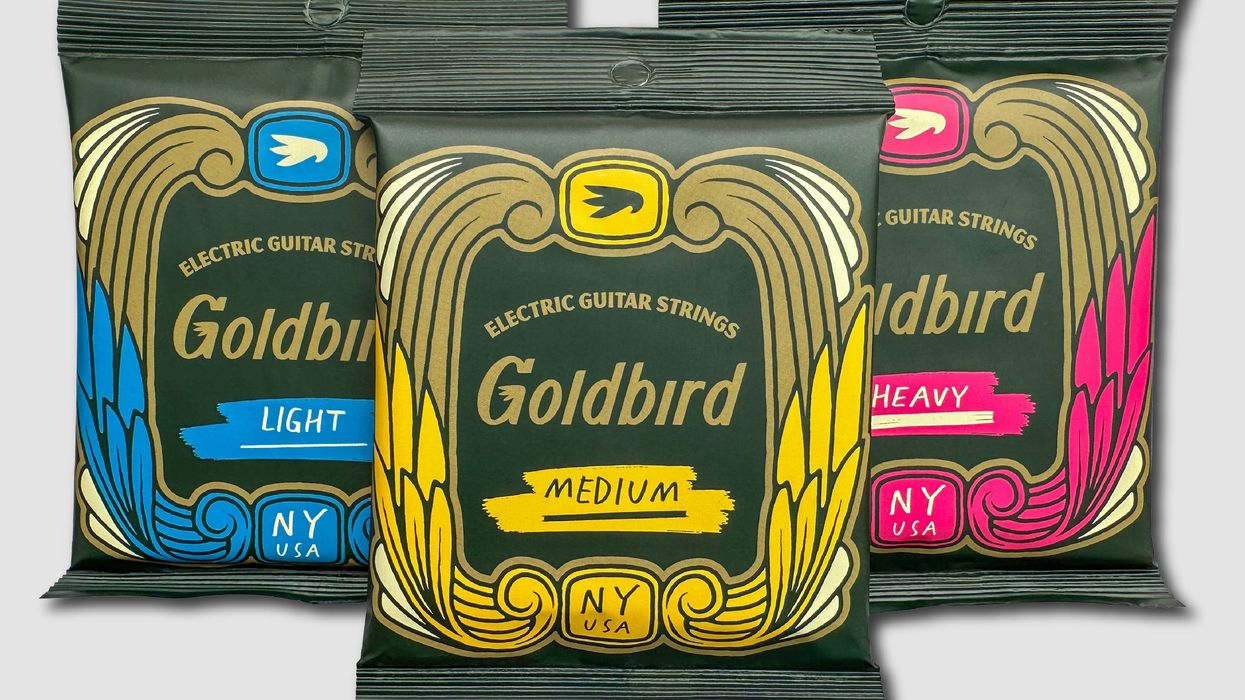
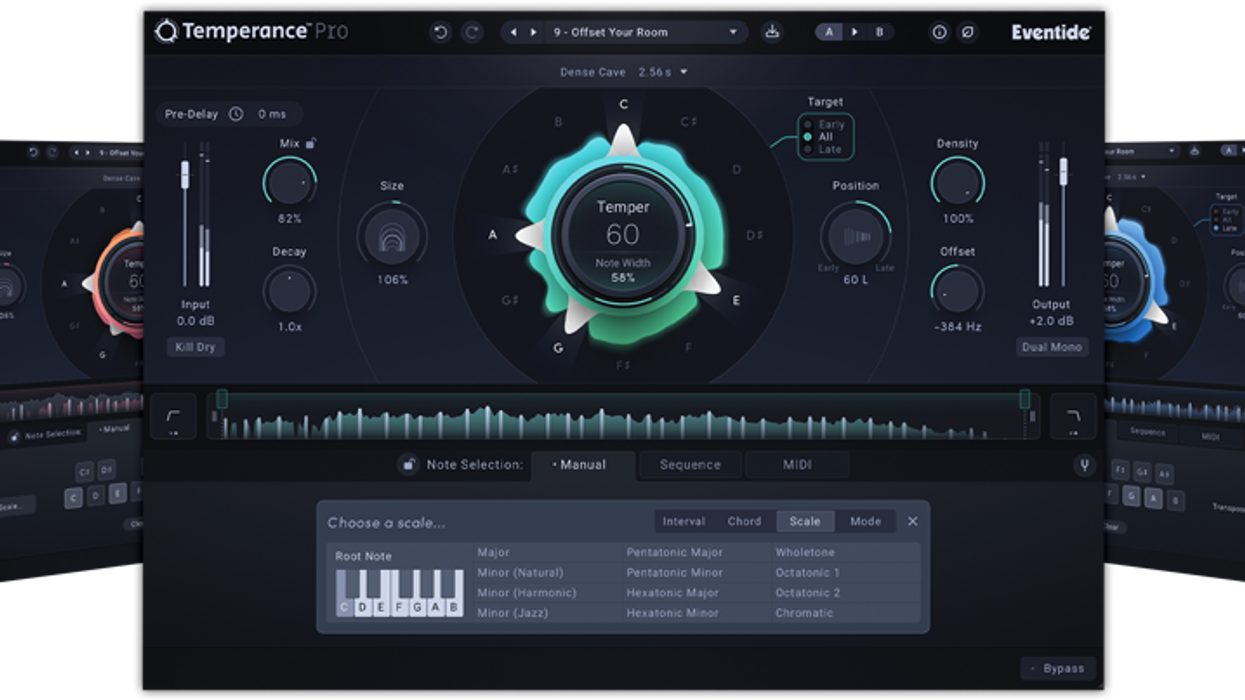
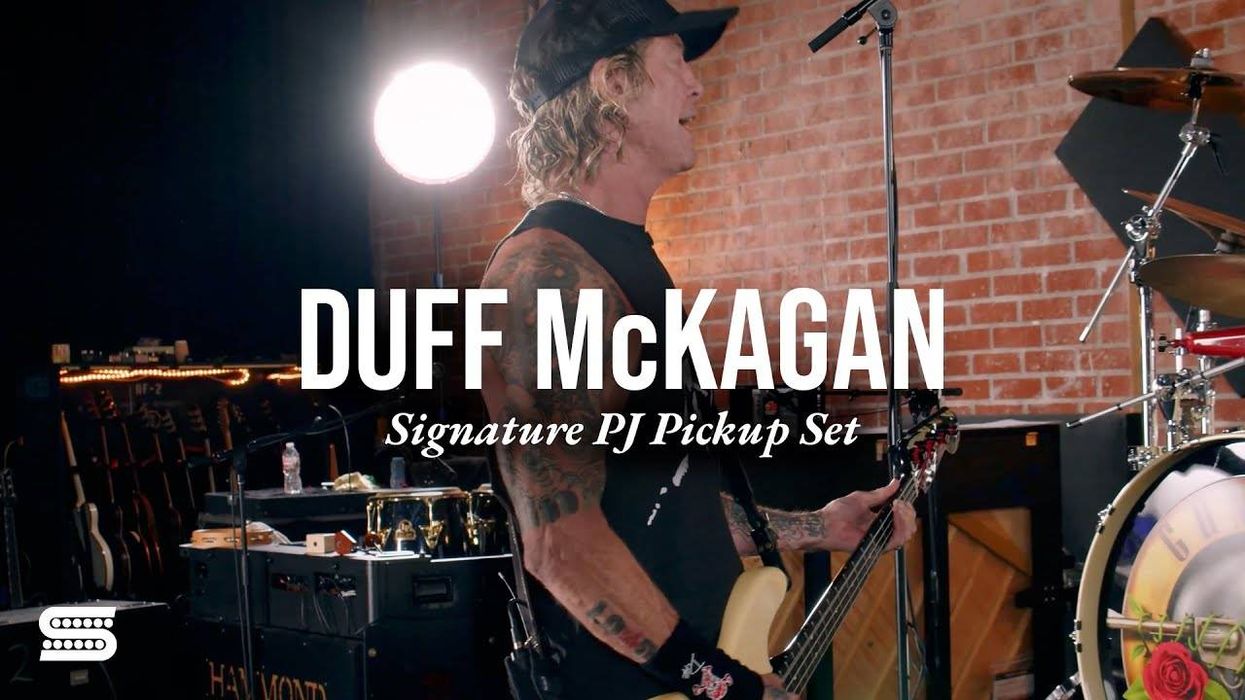
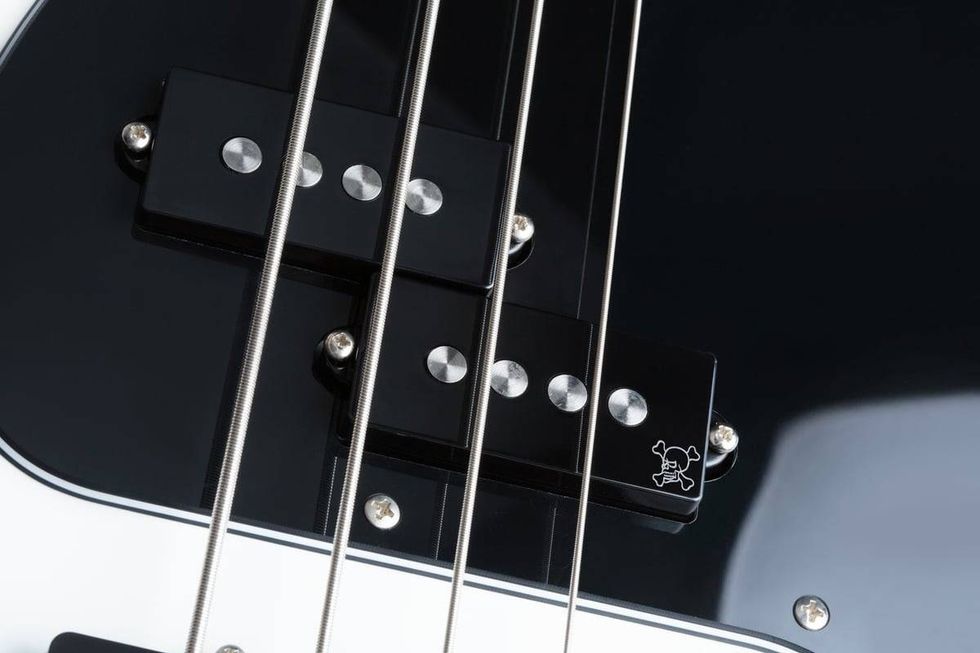



![Devon Eisenbarger [Katy Perry] Rig Rundown](https://www.premierguitar.com/media-library/youtube.jpg?id=61774583&width=1245&height=700&quality=70&coordinates=0%2C0%2C0%2C0)


